Just to complement this excellent research about the geographic limitations of the AI, we think that it is interesting for the community to share our own findings about the AI behaviour. These are the conclusions of a long research work done by Asdrubal, one new member of the ITW team, with the aim to improve the AI behaviour in the ITW campaigns, closer to the historical facts.
In the next picture you can see the initial distribution of regions, with two great super-powers: romans and Carthaginians.
White arrows show the normal advance of romans, expanding to the north in detriment of the padane gauls, then to the east to capture the rebel regions of Dalmatia and Illyria, and to the west against the transalpine gauls. In some cases, Africa is invaded from Sicily when land expansion is not evident. Yellow arrows show the advances of Carthaginians, involved in different fronts, one in Africa against numidians and other in Iberia, together with important rebellions in the mother land. In both fronts Carthaginians are stuck and they don’t progress too much. Romans do not show any interest for Iberia, even if the win_conditions include mainly Iberian settlements. These behaviours were nearly independent of the core attitudes, starting diplomatic stances or any other evident parameters. Thus we decided to perform some research about this question.
Parameters influencing the advance of the AI: sea vs land advance, agressive vs passive
1- Land limits to expand and suitable navy
a) As told in other posts, the AI tends to expand always by land routes, with special tendency to attack first the rebel regions in the neighbourhood and after that the rest of factions. Thus, if sea advances must be promoted, it is necessary to close the possibilities of land expansion.
b) First of all it is necessary to establish an impassable limit through the inclusion of another faction, preferably ally, eliminating all the possibilities of war between them (we will see how in the next points). But this is not enough, given that if land expansion is not possible, but there is not a driving force to sea expansion, the faction will remain stuck in its homeland until the conditions are suitable to declare war against the allied neighbour.
To illustrate this point, here you can see our initial set-up for a campaign starting just before the II Punic War. We wanted to start hostilities in Iberia, with reinforcements arriving by sea.
A second roman faction (blue) blocks the possible advance in north Italy. In this way, the active Romans (red) have no land expansion possibilities.
c) In order to force the sea invasion, it is necessary to provide the faction with a small region in the zone where we want to promote landing. This territory will act as the driving force. This is due to the land limits of that region, which are the only possibilities of land expansion for this faction. As it is a small territory, the AI will send reinforcements from the mainland in a constant way. One important requirement is that this region must have coast to facilitate landing. If the region is an inland territory, the AI doesn’t find the way to send reinforcements and gets stuck.
In the previous image, you can see how Carthage had already some territories in south Iberia, but it is necessary to include one roman region in the north.
We tried to put an inland region as the driving force, but it didn’t work.
We tried also to put a Carthaginian region in north Italy (Liguria), but it had no effect on the Carthaginian AI, as they have a closer destiny in Iberia.
This is the only method we have found to really promote sea invasions where we want. However, one important disadvantage of this system is that the driving force disappears if the settlement falls in hands of the enemy (conquest or rebellion). I that case the AI has no “historical memory”, and it suddenly forgets its interest in that zone. Even we have observed how ships loaded with troops in the way to that region returns to the mainland just after the lost of the far territory.
d) One additional requirement for sea invasions is that the AI must have ships in the suitable positions, preferably one float near the boarding zone and one near the landing zone. The preferred boarding zone seems to be the region with the X coordinate closer to the landing zone. In this map you can see how Etruria is the preferred one for romans, but if it is lost, Lylibaeum (in Sicily) is then used for boarding and in case they don’t own this city, troops board in Latium. It seems that for good development of boarding-landing operations, it is important the synchrony between trips of the floats and troops creation. If ships are delayed and the troops are ready, they start to move trying to find a land route to the target. In our case the target is so far that they don’t find a way and return to the boarding point, although boarding is then delayed.
Here you can see the three boarding zones we have observed in the preferred order.
and in these three images you can see how it works, depending on the owner of the different regions.
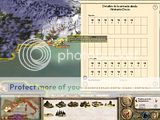
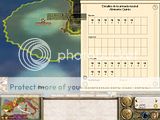
And here you can see the simultaneous arrival of reinforcements for Carthaginians and Romans to Iberia.
2- Superfactions
a) We have observed that all the factions, even rebels, can be considered as superfactions, either of the other faction or even of itself. When a faction is considered as superfaction, it assumes the behaviour of senate in RTW, with an extremely defensive attitude, without expansion, but recruiting a big amount of defensive troops. This type of behaviour can be used to simulate factions that historically were not expansionists, but that presented strong resistance to conquest, for example the Celts in the Iberian peninsula.
b) One problem, if rebels are considered as superfaction, is that in case of a rebellion in a settlement of another faction, this faction will find great difficulties to recover the settlement. We have observed this problem in Carthage.
c) In spite of being superfaction, the core attitude between this faction with its “vassal” can be of any type, even clearly hostile, and the starting diplomatic stance may not be allied.
The best way to establish a limit for land expansion is to give the limit regions to an allied superfaction. This will act as shield against possible invasions and won’t attack to its vassal faction. However, this is not enough to prevent attacks from the vassal to the superfaction.
3- Economical-military dissuasion
a) This is an important parameter to establish stable and durable limits. If one faction has not simple ways for land advance and it is blocked by a weak superfaction, it will decide to attack this superfaction as it considers this solution easier than the sea expansion.
It is necessary then to equilibrate the starting situation, in treasury, starting troops and settlement development, to prevent this attack.
We can see again the set-up.
The blue romans are superfaction of the red ones, but they must have enough troops to dissuade the red romans from a possible attack. In the same way, Numidia (dark blue) is superfaction of Carthage, preventing in this way the fight in Africa.
b) This parameter is also important in the landing zone. If the factions surrounding this zone are extremely strong, they act as dissuasion powers for landing. Even worse, they can decide to attack the settlement, disappearing in this way the driving force for sea invasion. If those factions are too weak, the first reinforcements will be enough to destroy them.
With all those equilibria well-established, the AI is forced to the required situation, as in this case: Romans and Carthaginians will converge to Saguntum to begin the conflict.
c) Another important dissuasion factors are walls. Their widespread presence dramatically reduces the aggressiveness of the AI. For a more dynamic campaign, it is necessary to limit walls, both at the beginning (descr_strat) and along the campaign (higher settlement requirements and prices).
4- Behaviour parameters
Finally this parameter seems to have an influence more important than expected. One faction limited by an allied superfaction cannot have the attributes “Caesar”, “Genghis” or “Napoleon” because it will attack to the neighbour superfaction. It seems that parameters such as “smith” or “stalin” are more suitable, as better equilibrium between economy and aggressiveness is obtained. The parameter “sailor” is devoted to ship building, but it doesn’t promote sea invasions.
I hope this long post will be useful for the design of new exciting campaigns.




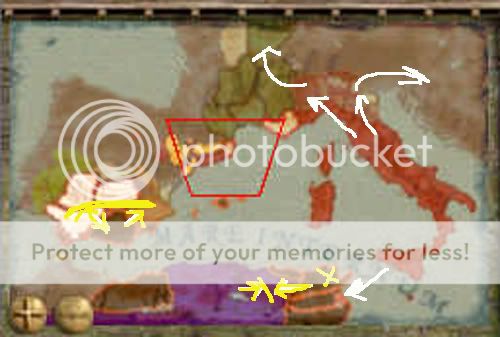
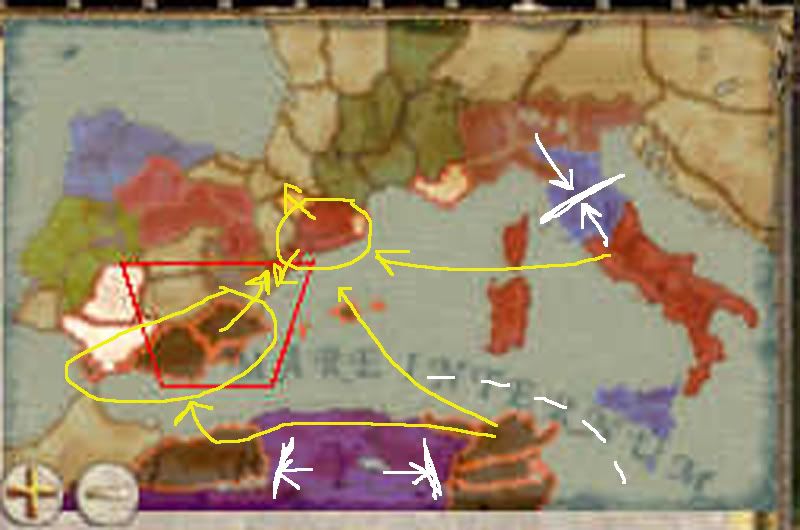
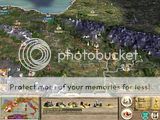
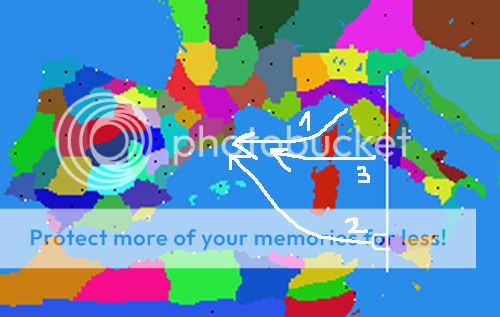

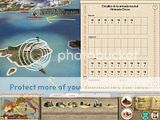
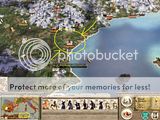


 Reply With Quote
Reply With Quote
Bookmarks